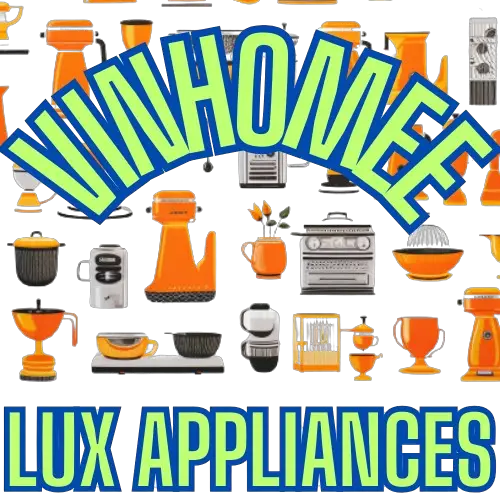Whether you are a tech enthusiast or a homeowner looking to automate your living space, understanding the inner workings of smart homes is crucial. In this article, we will demystify the technology behind smart homes by exploring the 8 core mechanics that power these innovative systems. From smart lighting and thermostats to security and energy solutions, we will delve into the practical steps and profound insights that will help you transform your home into a fully automated haven. Join us on this journey as we uncover the untold secrets of smart home automation.
Smart Home Hub
A smart home hub is the central control hub for all smart devices in your home. It acts as the brain of your smart home system, connecting and coordinating communication between all of your devices. Whether it’s your smart thermostat, smart lighting, or smart security cameras, they all connect to the hub, allowing you to control them remotely.
Sensors and Detectors
Sensors and detectors play a crucial role in a smart home. They detect changes in the environment and send signals to the smart home hub to trigger actions or notifications. Motion sensors can detect movement and activate lights or security cameras. Temperature sensors can adjust your smart thermostat based on the temperature in a particular room. Smoke detectors can send alerts to your smartphone if they detect smoke or fire in your home.
Smart Devices and Appliances
Smart devices and appliances are the heart of a smart home. They connect to the smart home hub and can be controlled remotely. Smart thermostats allow you to adjust your home’s temperature from anywhere using your smartphone. Smart lighting systems enable you to control your lights and create custom lighting scenes to suit your mood or needs. Smart security cameras allow you to monitor your home and receive alerts if any suspicious activity is detected.
Wireless Communication Protocols
To enable communication between devices and the smart home hub, wireless communication protocols are used. These protocols include Wi-Fi, Bluetooth, Z-Wave, and Zigbee. Wi-Fi is the most common protocol used, as it allows for fast and reliable communication between devices. Bluetooth is used for short-range communication between devices within close proximity. Z-Wave and Zigbee are low-power, mesh networking protocols that enable devices to communicate with each other and extend the range of the smart home network.
Voice Assistants
Voice assistants are becoming increasingly popular in smart homes. They allow for voice control and interaction with smart devices. Examples of voice assistants include Amazon Alexa, Google Assistant, and Apple Siri. With a voice assistant, you can control your smart devices using simple voice commands, such as turning off the lights or adjusting the thermostat. Voice assistants can also provide information, answer questions, and perform various tasks using voice recognition technology.
Automation and Programming
Automation and programming are key features of a smart home. With automation, you can create schedules and routines for your smart devices. For example, you can set your lights to turn on automatically when you arrive home or have your thermostat adjust the temperature based on your daily routine. Programming allows you to trigger actions based on specific conditions or events. For instance, you can program your smart security cameras to start recording when motion is detected or have your smart blinds close automatically during the hottest part of the day.
Cloud Platform
A cloud platform is essential for the functioning of a smart home. It provides centralized storage and processing of smart home data. The cloud platform allows you to remotely access and control your smart home devices from anywhere using an internet connection. It also enables seamless integration between different devices and allows for easy syncing and updates.
Mobile Apps and Interfaces
To control and monitor your smart home devices, mobile apps and interfaces are used. These apps are installed on smartphones or tablets, and they provide user-friendly interfaces for controlling and monitoring your smart devices. With a mobile app, you can turn on/off your lights, adjust your thermostat, view your security camera footage, and receive notifications from your smart home system. Mobile apps make it easy to manage your smart home and stay connected to your home’s automation even when you’re away.
In conclusion, smart homes rely on various core mechanics to function seamlessly and provide enhanced comfort, security, and energy efficiency. The smart home hub serves as the central control hub, connecting and coordinating communication between devices. Sensors and detectors detect changes in the environment and trigger actions or notifications. Smart devices and appliances can be controlled remotely and offer features like adjusting the temperature, lighting, and security of your home. Wireless communication protocols enable devices to communicate with each other and the hub. Voice assistants provide voice control and interaction with smart devices. Automation and programming allow for the creation of schedules and routines, while a cloud platform provides centralized storage, processing, and remote access. Mobile apps and interfaces provide user-friendly control and monitoring of smart devices. With these core mechanics in place, smart homes offer a new level of convenience and efficiency for homeowners and tech enthusiasts alike.
